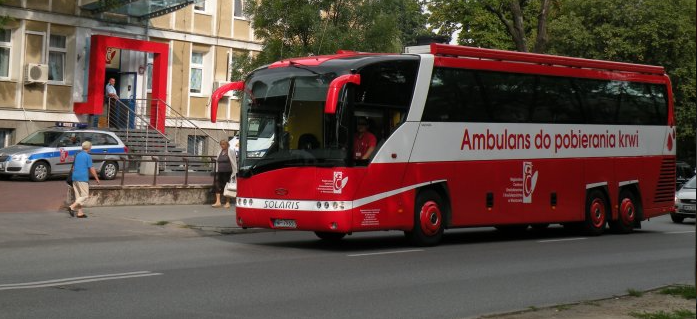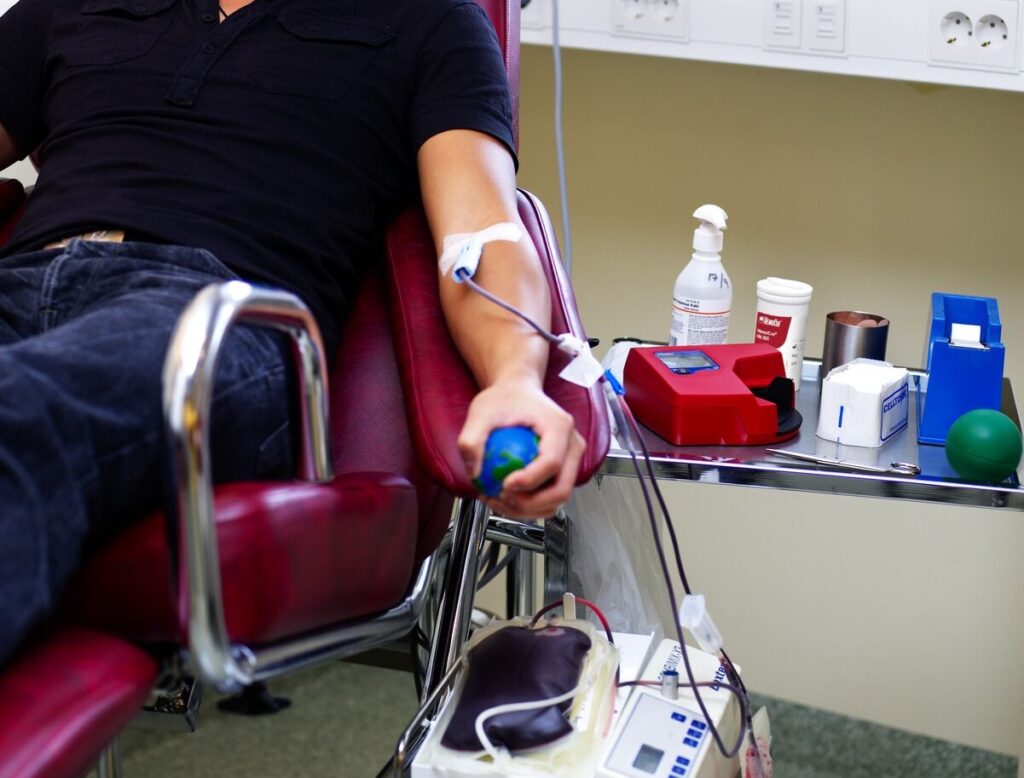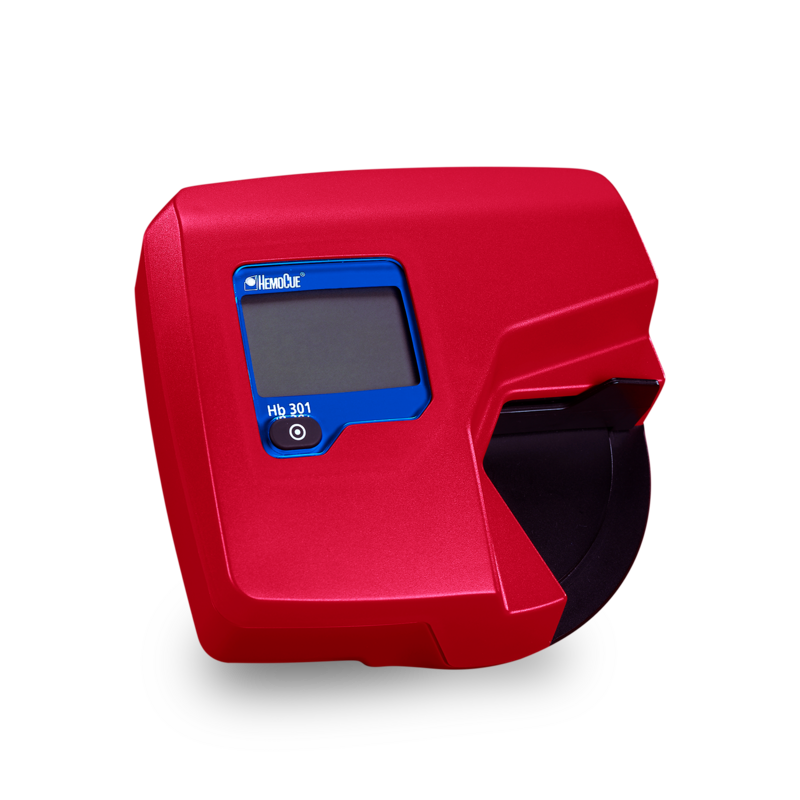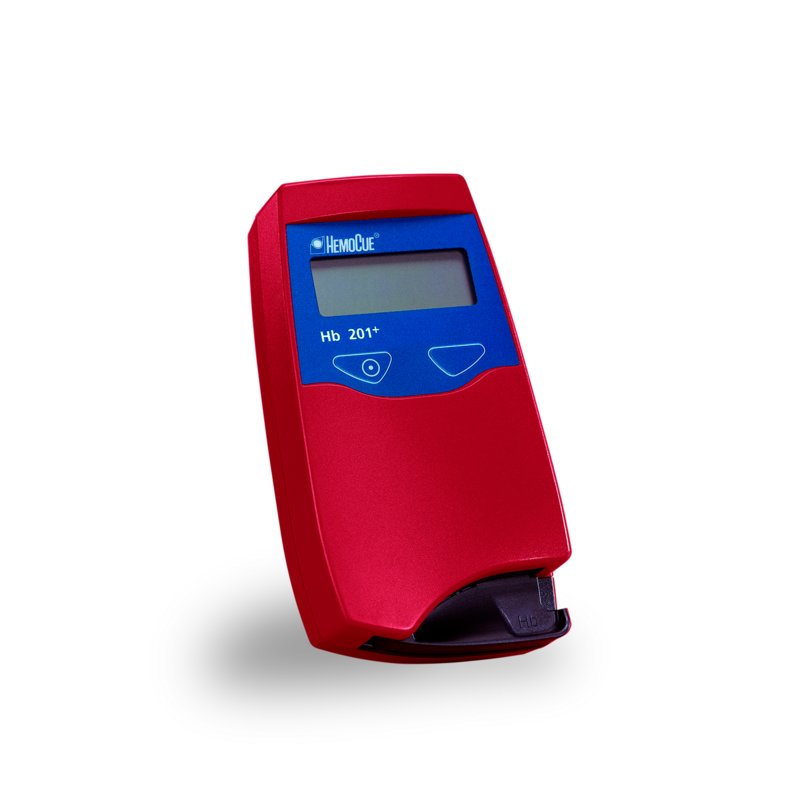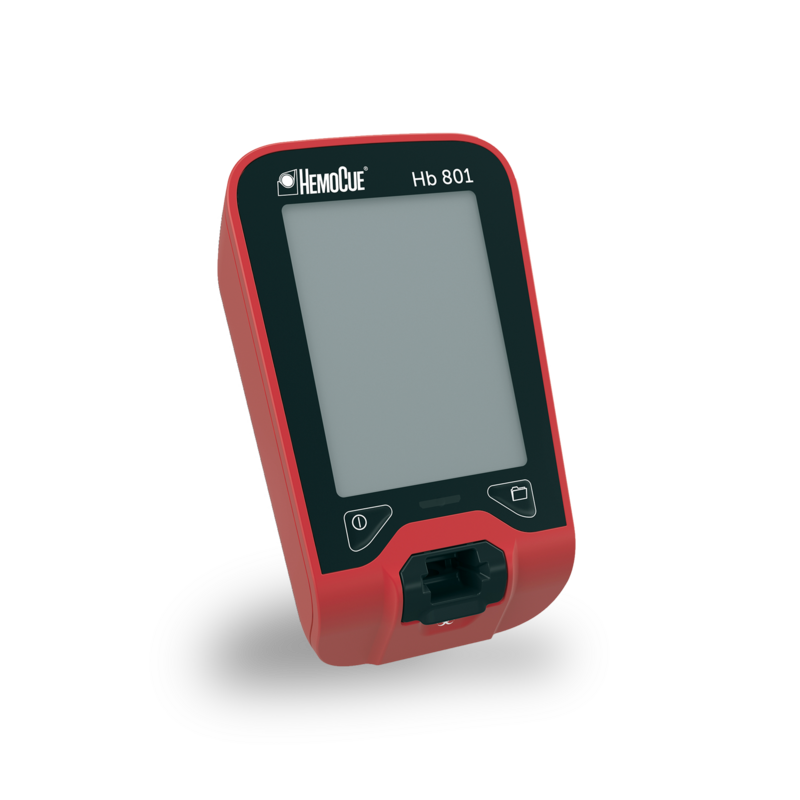Even cases of mild anemia can cause cognitive impairments, affecting a child’s development or an adolescent’s ability to perform at school.
If you work in the public health sector, in emergency care, or a blood bank, you are aware of the importance of knowing the hemoglobin value to decide on the need for transfusion or the importance of finding anemia and subsequently deciding on the right treatment.
While certain loss of blood is easy to detect, bleedings that are not easily quantifiable or detectable can occur. There can also be deficiencies that have gone undetected. A simple hemoglobin test can provide information as to why a person is pale, experiencing fatigue or does not feel well overall. Anemia is an important symptom and all it takes to find out is a single drop of blood.
By providing access to accurate screening tools, you can more easily detect those at risk. HemoCue’s point-of-care testing systems are portable and easy to use, even in remote settings, and give quick and reliable results with laboratory quality.
Accurate tests for hemoglobin will, together with clinical judgment, give a solid basis for good treatment decisions.
Learn more about anemia at our Knowledge Center.
